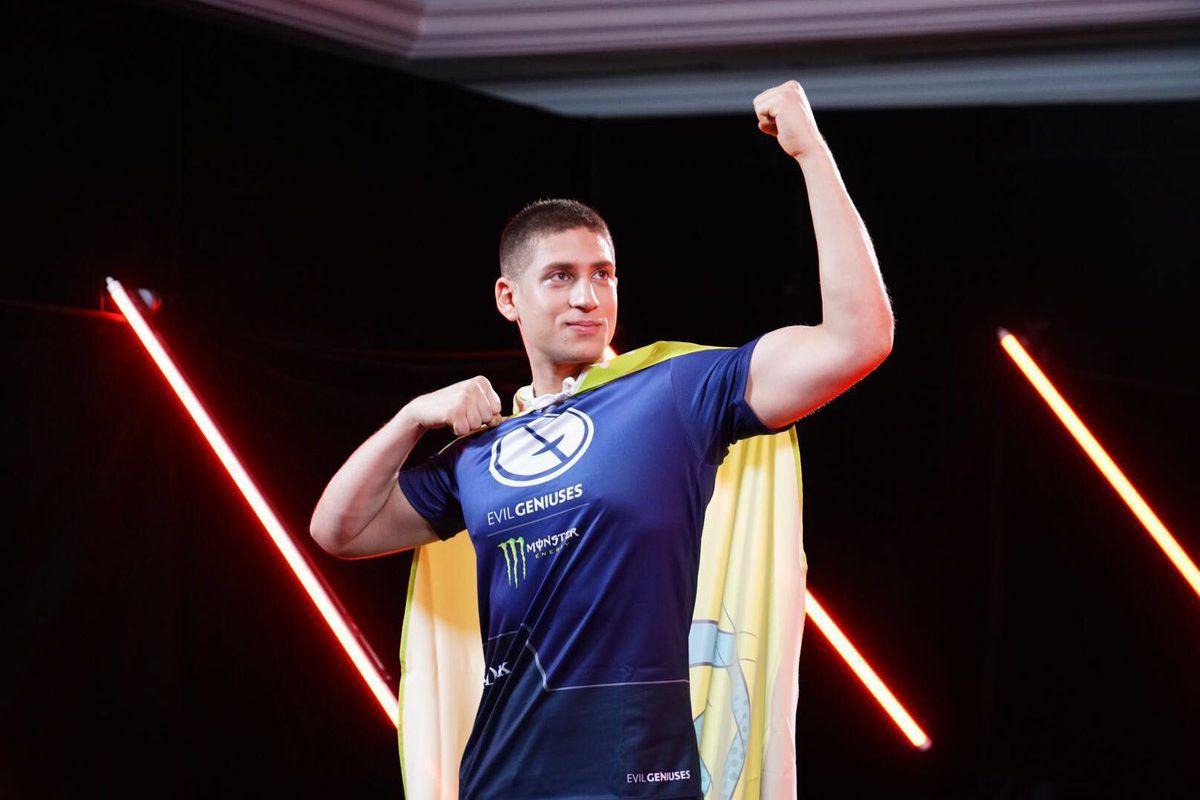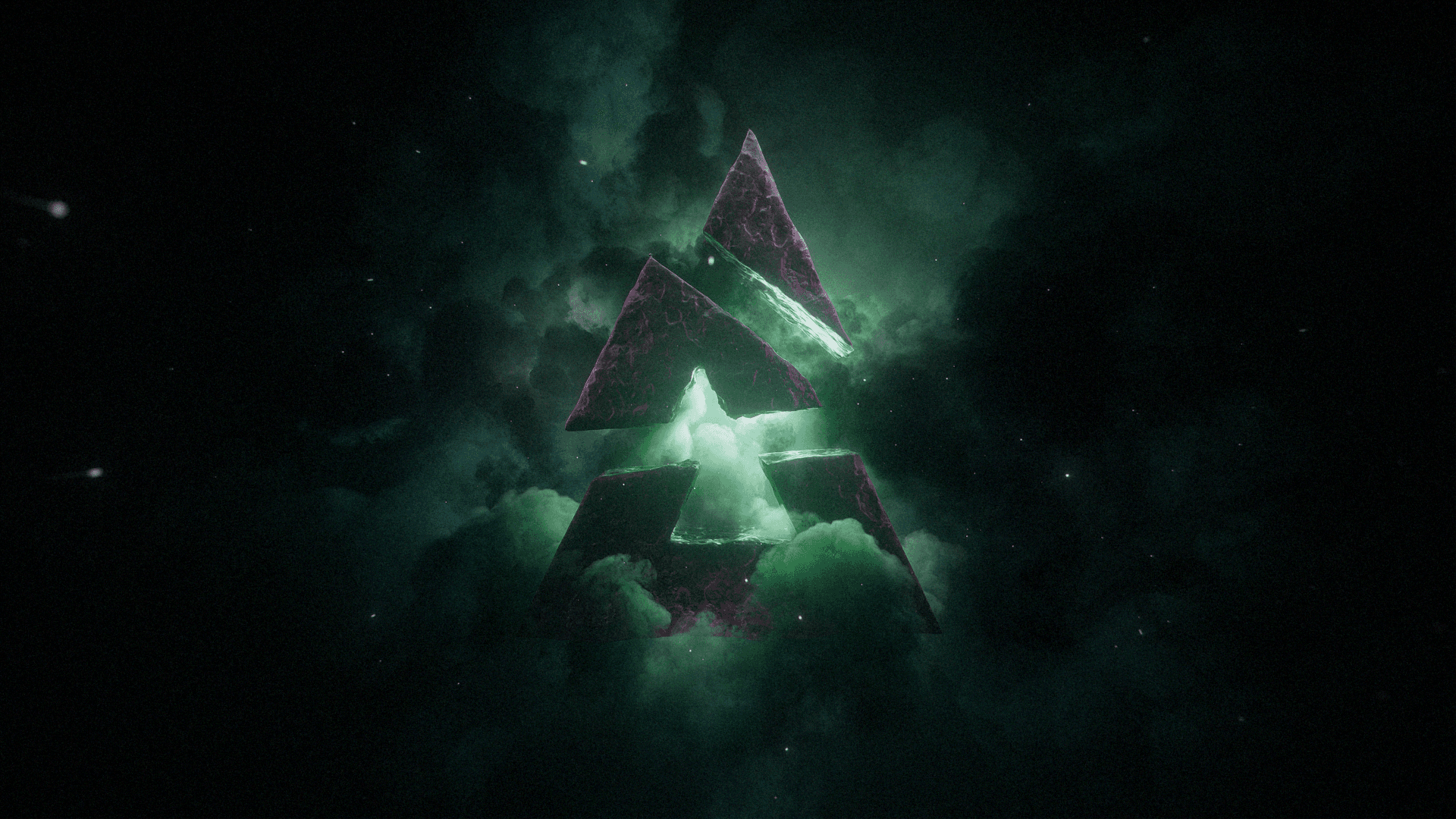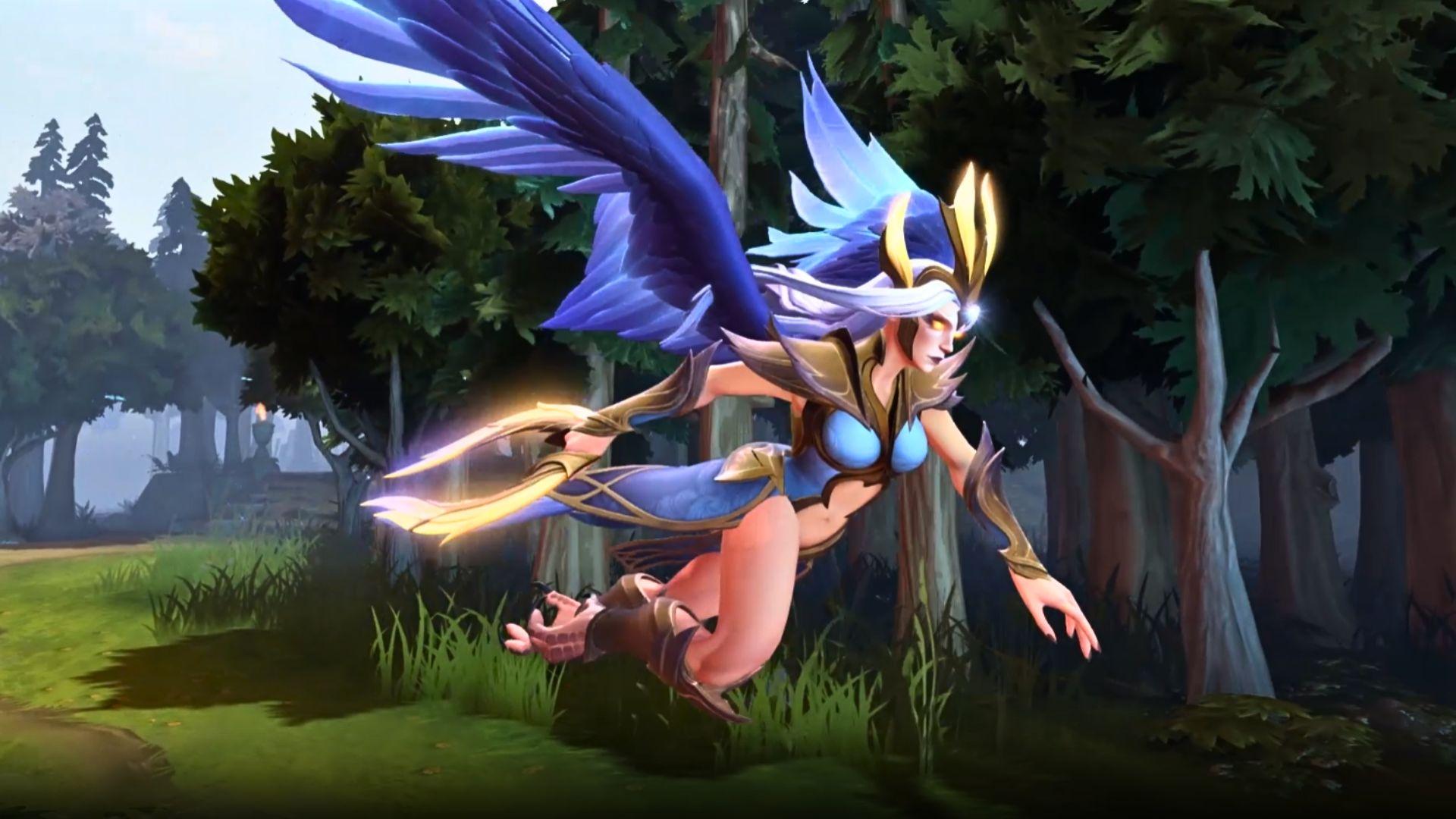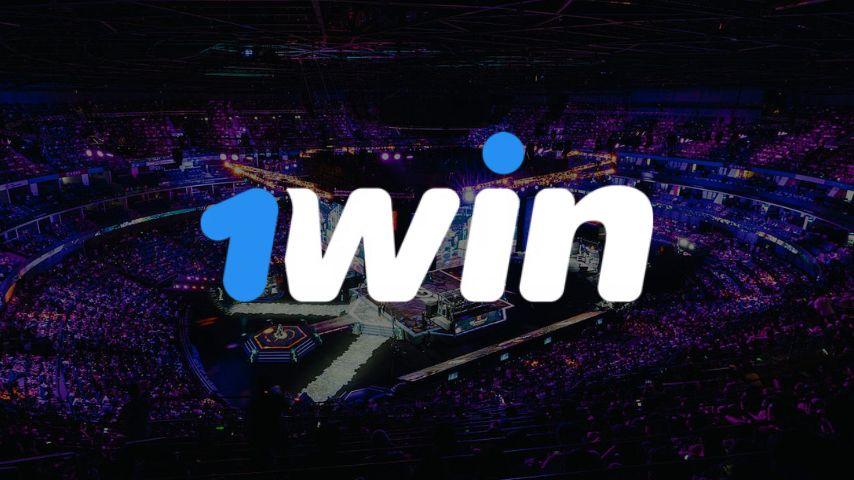
EG captain Fly’s support Viper pick takes over pro Dota 2 games
Alongside Tinker and Invoker, Viper has long been used as a mid lane hero.
Viper was also almost exclusively used in low ELO games. His incredibly high early game damage and punishing Corrosive Skin passive was enough to fluster inexperienced players and dominate in the mid game. He didn’t necessarily hold up once the opponents started finishing items like Black King Bar and Pipe of Insight, but ideally the game had already been decided by that point.
Over recent years, Viper has started to find legs in pro play as a tanky core capable of dealing serious magical damage. He hasn’t been a top-tier hero at any point, but he inhabits a niche that sees him get at least a few picks in larger tournaments.
Things might be shifting for Viper heading into 2020, though.
At ONE Esports Dota 2 World Pro Invitational Singapore, Evil Geniuses captain Tal “Fly” Aizik locked in a surprise hard support Viper pick in a game against Team Liquid. The move paid off big for EG as they won that game in convincing fashion, and other teams took notice. A number of different teams have started looking to Viper, with fairly consistent success to this point.
Here’s how they do it.
Fly’s support Viper for Evil Geniuses
Fly’s support Viper got somewhat overlooked as it occurred in the same game as a shock Techies pick by Andreas Franck “Cr1t-” Nielsen, but Fly had a significantly bigger impact on the outcome of the game.
Playing as a hard support alongside Artour “Arteezy” Babev’s Tiny, Fly leveraged Viper’s naturally high damage by maxing Poison Attack. As any Dota 2 player knows, this is a powerful tool for harassing opponents in the laning phase, and Fly was able to sustain that threat with a Magic Wand and two early Sage’s Masks that were later built into Ring of Basilius and Urn of Shadows.
From there, he maxed Corrosive Skin by level 13. In terms of his talents, Fly went with +25 attack speed at level 10 and +125 attack range at 15. This suggests that Viper’s scaling is still largely around his right-click damage potential.
In terms of items, Fly went for Power Treads after getting his early game items followed by a Spirit Vessel. In the latter stages of the game, he went for a Hurricane Pike.
The biggest thing for a support Viper is how potent almost every neutral item is on him. Viper benefits from any kind of stats, both physical and magical damage amplifiers, and items with active abilities like Clumsy Net and Spider Legs.
The game ultimately ended in quick fashion, leaving his complete plans unclear, but this still gives a strong foundation for how to play support Viper.
MR Team takes a page out of Evil Geniuses’ playbook
Fly’s support Viper didn’t go unnoticed by other pro players. A few others have kicked the tires on support Viper, with generally positive results to this point.
The best example of this is MR Team, which is best known as the squad formed by Dota 2 legend Danil “Dendi” Ishutin. The squad formed in December and has looked solid along the way. MR support player Nikola “LeBronDota” Popović tried out support Viper during his team’s victory over OG Seed at Rivalry Winter Blast.
He took a similar approach to leveling the hero, focusing on Poison Attack followed by Corrosive Skin. In terms of itemization, he didn’t go for Spirit Vessel as Fly did, instead opting for a Veil of Discord. FlyToMoon later used this exact build against MR Team at the Maincast Winter Brawl, handing them an early exit from the event.
Teams will undoubtedly experiment with Viper as a support in both official and public matches and sift through the many possible ways to build and level the hero. In the meantime, casual players ought to feel a bit less certain when assuming the hero was picked to be a mid laner in drafts.
Recommended

BLAST entering Dota 2 esports with five tournaments
“We have plans that Dota fans haven’t seen before.”

Dota 2 Crownfall update: What’s new?
Exciting, but no Ringmaster.

1win accuses ESL One Birmingham of favoring OG after Visa issues
“Not the Visa curse.”







